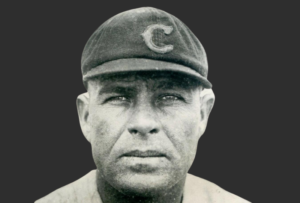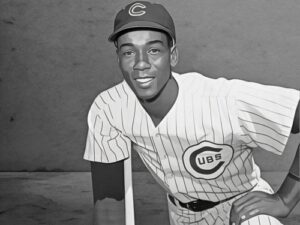Long overdue, former Minnesota Twins legend Tony Oliva was elected to the Baseball Hall of Fame in 2022. Thankfully, the 83-year old Oliva was still drawing breath and was able to enjoy his day in person in Cooperstown.
But Oliva’s health, or lack of it, was a major part of his career in baseball. Many times, the sweet-swinging batting champ found himself sidelined with this injury or that malady. The injuries most likely cost Oliva more than one additional batting crown, and several hundreds of his patented line drive hits.
Tony’s career numbers look very good when we look at that from the prism of the 2020s. But they are not overwhelming, and that’s a shame. Because the raw numbers fail to tell the real story of Tony Oliva, an eight-time All-Star, Gold Glove winner, Rookie of the Year, and three-time batting champion.
When you’re a star in the second Deadball Era
Oliva played his career in one of the worst eras for his strength: hitting for average. Year-after-year, Tony was among the two to three best hitters in his league, yet his career batting average of .304 seems modest compared to lesser hitters from the 1920s, 1930s, 1990s and 2000s.
However, Oliva’s relative batting average, that is his average compared to his league, is one of the best in baseball history, and one of the top ten since 1930. Had Oliva played in the 1980s and 1990s, for example, he most likely would have had a career average like Wade Boggs (.328).
Oliva’s relative average is 121, which means his careering batting average was 21% better than league average. Compare that to Miguel Cabrera, for example, who has a higher career average, but who has a 116 relative average.
Streaks, Slips, and Sideliners
Oliva was famous for getting into a groove at the plate, and also for suffering through slumps. Rare for a contact hitter, Oliva was streaky. In his second season, he was hitting just .227 in mid-May, and then hit .394 in July to lift his average over .300 for good. He hit .370 in the last two-and-a-half months of the season to win his second batting title, beating Carl Yastrzemski by nine points.
Freak injuries often sidelined the Twins’ star even as a minor leaguer. In 1962 Tony contracted the mumps in spring training, and wasn’t back to normal until a month into the minor league season. Twice he suffered injuries (arm and knee) while playing winter ball in the off-season. He excelled in the winter leagues, hitting .365 in six seasons.
It’s safe to say Oliva could fall out of bed and hit a single. Even in his robe. That’s if he wasn’t hurt.
In 1969, Oliva was red-hot, hitting .475 (28-for-59) in a 14-game hitting streak through mid-July, then he contracted the chicken pox and missed almost a week of action. When he returned he went 6-for-35 (.171). Just prior to the 14-game tear, Oliva had collected eight straight hits in a doubleheader against the Royals, on June 29. In 1969, Tony finished third in the AL batting charts, behind teammate Rod Carew, and Reggie Smith.
In 1970, Oliva enjoyed a 17-game hitting streak, from May 13 to June 2. He batted .316 (23-for-73) during the skein, and drove in 13 runs and score nine. He finished third in the batting race that season, marking the sixth time in the previous seven years he was in the top three.
In 1971, Oliva was hitting a smoldering .375 on June 29, leading the league by a wide margin. On that date against the A’s, Oliva severely injured his knee diving to corral a ball in right field. Oliva missed the All-Star Game later that week and played into mid-September on the knee. His average dipped, and he hit .275 in July. He struggled to 13-for-61 in September before calling it a year on the 19th. He still won his third batting title (at .337) and paced the league in slugging, but the injury stopped him from a monster season.
From 1971 to 1974, Oliva spent four stints on the disabled list, once in each season. He still managed to hit .304, which ranked second in the American League over that span, to Carew.
When he was in his prime, before the knee injuries, when he could be in the lineup regularly, Oliva was the most prolific hitter in baseball. He led the AL in hits as a rookie, and also in his first three seasons, the only man to accomplish that. Tony paced the league in hits a total of five times.
From 1964 to 1970, the first seven years of his MLB career, Oliva’s 1,291 hits were more than 100 more than any batter in the AL. He was also the only AL batter to hit over .300 for that stretch, and his .310 mark was 12 points better than Yastrzemski, the second-place man from 1964-70.
How many batting titles could Oliva have won if he had been healthy? How many hits might he have had if he could have stayed healthy?
There are many reasons Oliva deserved to finally receive the delivery of his plaque in Cooperstown: his rocket throwing arm, great rookie season, multiple batting titles, contributions to the 1965 AL Champion Twins, and the fact that he was a great teammate.
But Oliva accomplished those things despite many circumstances working against him, and that’s one measure of greatness.
RELATED
Minnesota Twins All-Time Team >
100 Greatest Right Fielders of All-Time >
Top 20 Twins of All-Time >






